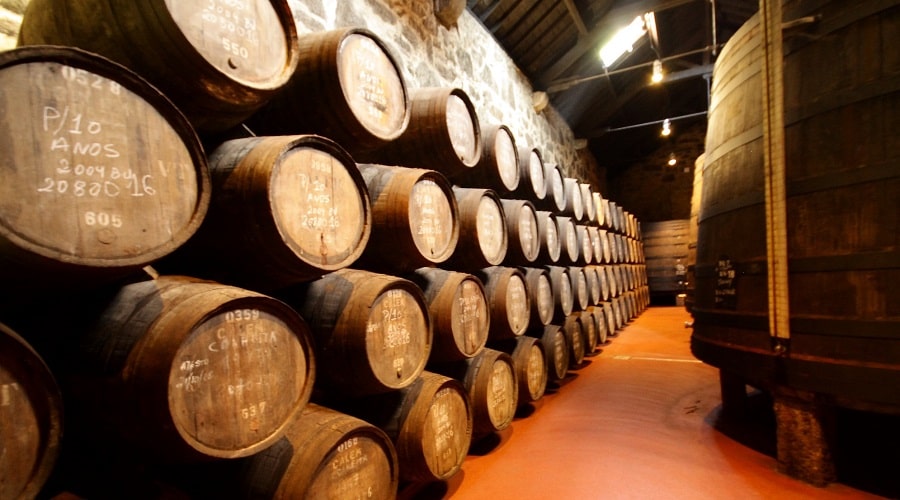
Port and Porto: What is the Difference?
Port wine, an enchanting elixir from Portugal, has captured the hearts and palates of many across the globe. This is a unique wine with a rich history and tradition, which Solverde casino players love so much during a gaming session, immersing themselves in a journey of tastes. Let’s dive into the world of Port and discover its mysteries.
To start, it’s essential to distinguish between “Port” and “Porto.” While many use the terms interchangeably, there is a subtle difference. “Port” refers to the fortified wine itself, while “Porto” denotes the city in Portugal where this wine has its roots. Porto is the place where most of the wine is aged and exported, lending its name to the drink.
History of the Drink
Port wine’s origins trace back to the Douro Valley of Northern Portugal, a UNESCO World Heritage site. While the region had been producing wine for centuries, the version we recognize as Port today began in the late 17th century. English merchants, looking for a way to preserve wines for the long journey back to England, added grape spirit or brandy to stabilize it. This process not only preserved the wine but also enhanced its flavor, giving birth to the fortified wine we adore today.
Real Port Wine – What is it Like?
A genuine Port wine stands out with its rich, intense flavor profile. It’s a sweet, red wine, often served as a dessert wine, though there are dry, semi-dry, and white varieties. Real Port boasts a unique blend of flavors, from fruits like blackberry and raspberry to chocolate, caramel, and more, thanks to its aging process.
Why Do Casino Players Love Port Wine?
Port wine and casinos share an association of luxury and indulgence. Porta’s gentle, refined character makes it a favorite choice for those who want to unwind after an exciting game of online Solverde casino. Its rich, layered flavors offer a moment of pause, allowing players to savor the taste and reflect on their strategies.

Porto Classification
Port wines come in various classifications based on their aging process and characteristics:
- Vintage Port: The cream of the crop, made from the best grapes of a declared vintage year and aged in bottles.
- Tawny Port: Aged in wooden barrels, this Port achieves a nutty flavor and its characteristic tawny color.
- Ruby Port: The most extensively produced, it retains its bright red color and fruity flavors.
- White Port: Made from white grapes, it can range from sweet to dry.
Production of Porto
The production of Port wine involves a meticulous process. Grapes are hand-harvested and then foot-trodden in large stone troughs called “lagares.” After initial fermentation, grape spirits are added to fortify the wine. This halts fermentation, leaving residual sugar in the wine and boosting its alcohol content. The wine is then transferred to Porto for aging.
Conclusion
Port wine isn’t just a drink; it’s a journey through history, culture, and unparalleled craftsmanship. Whether you’re enjoying it after a gourmet meal, alongside a cheese platter, or after a thrilling round at the casino, Port promises a taste of luxury and tradition.
